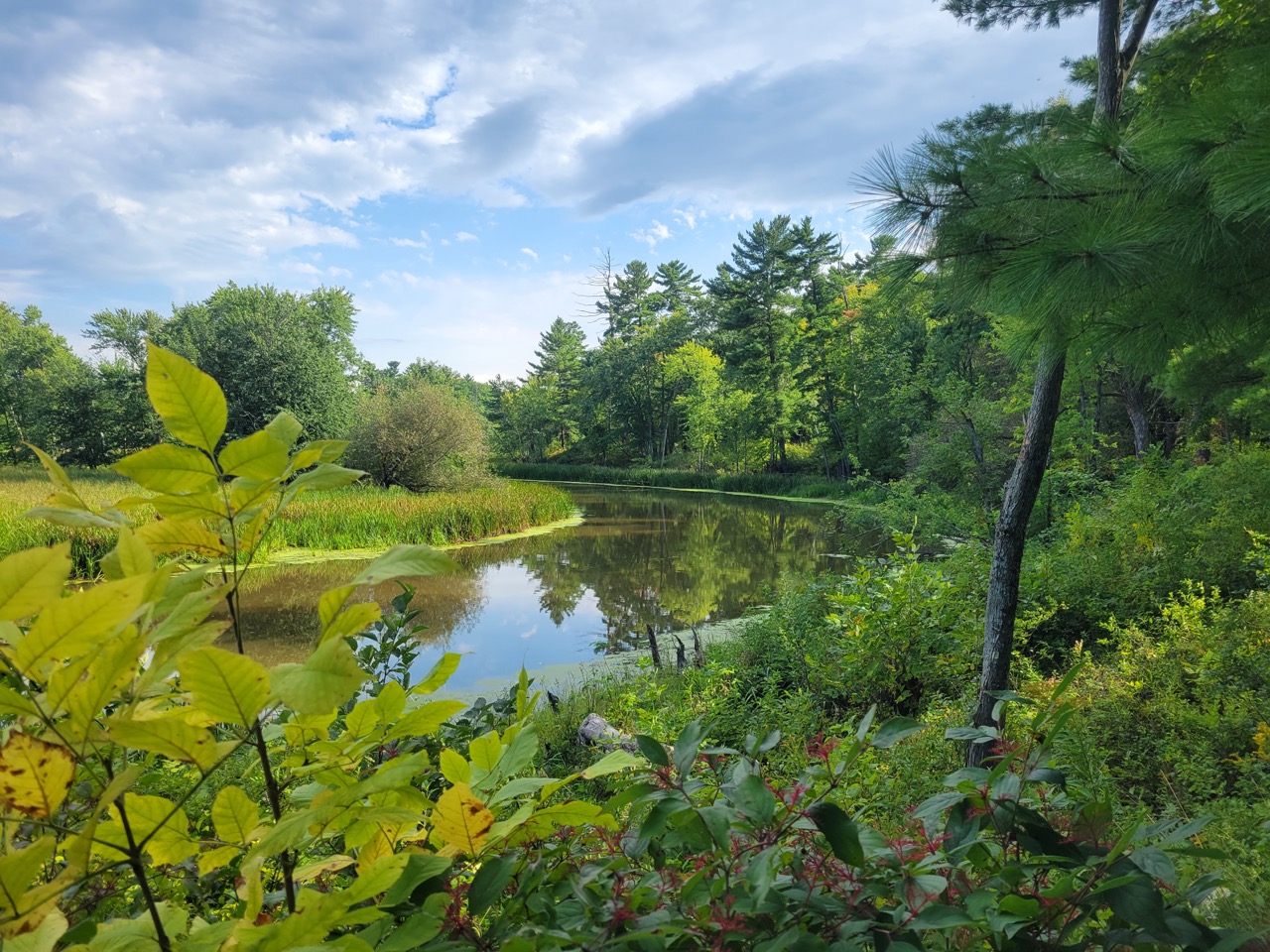If there is anything this extreme rain storm has taught me, it’s that community resilience is critical. I am proud of Vermont for staying strong during this relentless wet weather pattern and grateful for the outpouring of community support as we filter river sediment out of homes, yards, and businesses. But as we think about where to go from here, it’s time we reckon with the river and give it the space and protection it deserves. Rivers need more room to move and improved protections to support their dynamic natural systems.
It’s time we recognize the stream in our backyard as part of a larger watershed system. The science of river process and function needs to form the foundation of our decision-making and policies, especially as we build back better. We should be guided by the knowledge of where the river begins and ends. How does it change through the seasons and with different weather patterns? How do the riparian plant species along the riverbanks provide habitat and shade? We should be able to identify and safeguard the spring seeps and contiguous wetlands that provide flood water storage and give the river the cold clean water that it needs to breathe.
Our recent history of human settlement hasn’t always protected rivers in ways that maintain the natural, wild ecosystems that they are. We’ve prioritized utilizing resources for immediate human benefits no matter how inequitable it is. Because now, when the rains fall and the waters rise, it’s apparent that many of us live and work too close to the banks for comfort. The sleepless nights and risk to human health and safety are not worth it. What if, rather than trying to out-engineer the weather, or evacuate and return in an endless cycle, we changed our relationship to the river, giving it space to move and shade to renew, reframing our thinking about where and how we live alongside it?
Vermont needs to double down on state policy that regards the river as a nature-based solution to community resilience. We need policies that support protection of freshwater systems – including safeguarding our river corridors from encroaching development. We must protect the riparian buffers along all rivers (tributaries and mainstems) – the vegetated banks feed the river, support wildlife, stabilize erosion, filter and attenuate stormwater and regulate temperature. We need policies that improve protection for our wetlands to mitigate, restore and enhance these vital systems for the future.
Learning about and appreciating river systems has allowed me to understand that nature based solutions to flooding are available to us at each river bend and every river bank. Supporting our ecosystem functions through policies that protect river corridors, riparian areas, and wetlands will keep our communities safe from repeated disasters and will keep our rivers clean.
Written by Karina Dailey, Restoration Ecologist for Vermont Natural Resources Council




